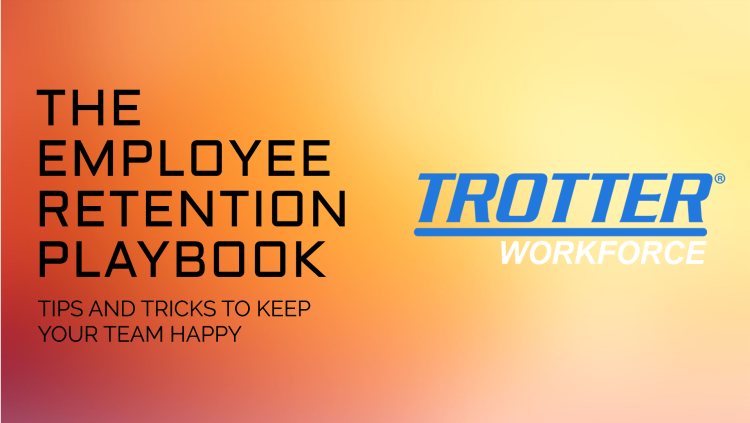Recruiting can be tough, especially when it comes to finding the right people. When you find a potential match, you face a choice: do you hire them right away or hold off to explore other options?
This decision isn’t just about staffing; it mirrors choices we make in everyday life, from reviewing a menu and choosing what to have for your meal, to deciding what to wear for a night out on the town. We all want to make smart decisions and avoid wasting time.
To make the right call and avoid wasting your time, and the time of those around you, you weigh your options. You look at what’s available, compare it to what you’ve seen before, and consider the benefits of waiting versus the need for immediate growth. If a new option really stands out, you might decide to go for it, thinking it’s the right choice.
Then there’s the backup candidate – solid qualifications but not extraordinary. This decision is more about being practical, thinking about the time you’ve invested and the chances of finding someone better soon.
While there’s no one-size-fits-all answer, there’s a smart approach, especially for recruitment firms like Trotter Workforce: “Try before you buy”, “hire then acquire”, “admit before you commit”. Contract-to-Hire options allow for immediate fulfillment of the position with a temporary obligation.
The saying “if you think it’s expensive to hire a professional, wait until you hire an amateur” emphasizes the value of experience and making the right call. Professionals bring a track record, skills, and a commitment to improvement. Training them is more about getting them acquainted with the company than teaching them the job.
On the flip side, hiring an amateur, while showing loyalty, often lacks the needed experience and skills. Training them involves not just the job but also the company. If they’re underqualified, it can lead to financial losses.
By keeping the option open to hire a candidate permanently without an immediate commitment, you reduce stress. It lets you test the waters, checking qualifications, teamwork, and client interactions. If it’s a good fit, hiring is smooth; if not, it’s a temporary solution while you continue the search for the ideal candidate.
This approach is handy for those on the fence or dealing with uncertain positions. Waiting for the right candidate ensures a better fit in the long run and minimizes risks associated with rushed decisions.
If you are in the market for fulfilling open opportunities, but experience or the immediate need to hire is weighing down your hiring choices, then consider a contract-to-hire option. Get the job filled and give yourself and your company some breathing room.







